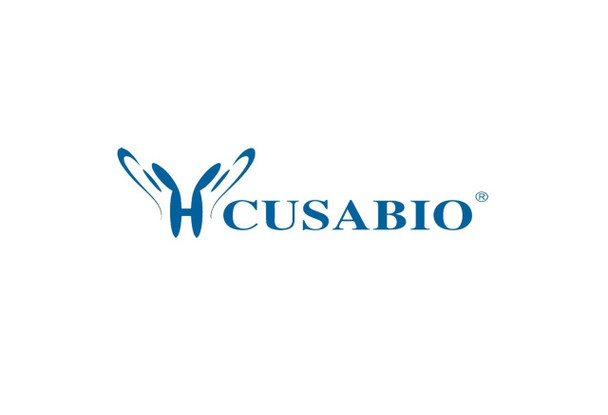Cusabio Polyclonal Antibodies
SIRT2 Antibody | CSB-PA021340KA01HU
- SKU:
- CSB-PA021340KA01HU
- Availability:
- 3 to 7 Working Days
- Size:
- 100ul (100ug)
Description
SIRT2 Antibody | CSB-PA021340KA01HU | Cusabio
SIRT2 Antibody is Available at Gentaur Genprice with the fastest delivery.
Online Order Payment is possible or send quotation to info@gentaur.com.
Product Type: Polyclonal Antibody
Target Names: SIRT2
Aliases: SIRT2;SIR2;SIR2L;SIR2L2
Background: Sirtuins are members of the NAD-dependent histone deacetylase family of proteins that participate in a variety of cellular functions, including histone deacetylation, gene silencing, chromosomal stability, and aging. SIRT2, a human homolog of the yeast SIR2 (silent information regulator-2), functions as transcriptional silencing mediator at mating-type loci, telomeres and ribosomal gene clusters. SIRT2 expression increases dramatically during mitosis and is multiply phosphorylated at the G (2) /M transition of the cell cycle. SIRT2 is part of a phosphorylation cascade where it is phosphorylated late in G (2), during M, and into the period of cytokinesis. Inhibition of SIRT2 is reported to rescue alpha-synuclein toxicity and modify inclusion morphology in a cellular model of Parkinsons disease.
Isotype: IgG
Conjugate: Non-conjugated
Clonality: Polyclonal
Uniport ID: Q8IXJ6
Host Species: Rabbit
Species Reactivity: Human, Mouse, Rat
Immunogen: C term -peptide of human SIRT2
Immunogen Species: Human
Applications: ELISA, WB, IHC
Tested Applications: ELISA, WB, IHC;WB:1:500-1:2000, IHC:1:50-1:200
Purification Method: Affinity purification
Dilution Ratio1: ELISA:1:2000-1:10000
Dilution Ratio2: WB:1:500-1:2000
Dilution Ratio3: IHC:1:50-1:200
Dilution Ratio4:
Dilution Ratio5:
Dilution Ratio6:
Buffer: Buffer: PBS with 0.02% sodium azide, 50% glycerol, pH7.3.
Form: liquid
Storage: Upon receipt, store at -20°C or -80°C. Avoid repeated freeze.
Initial Research Areas: Epigenetics and Nuclear Signaling
Research Areas: Epigenetics & Nuclear Signaling;Signal transduction







